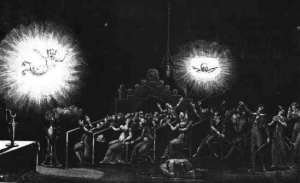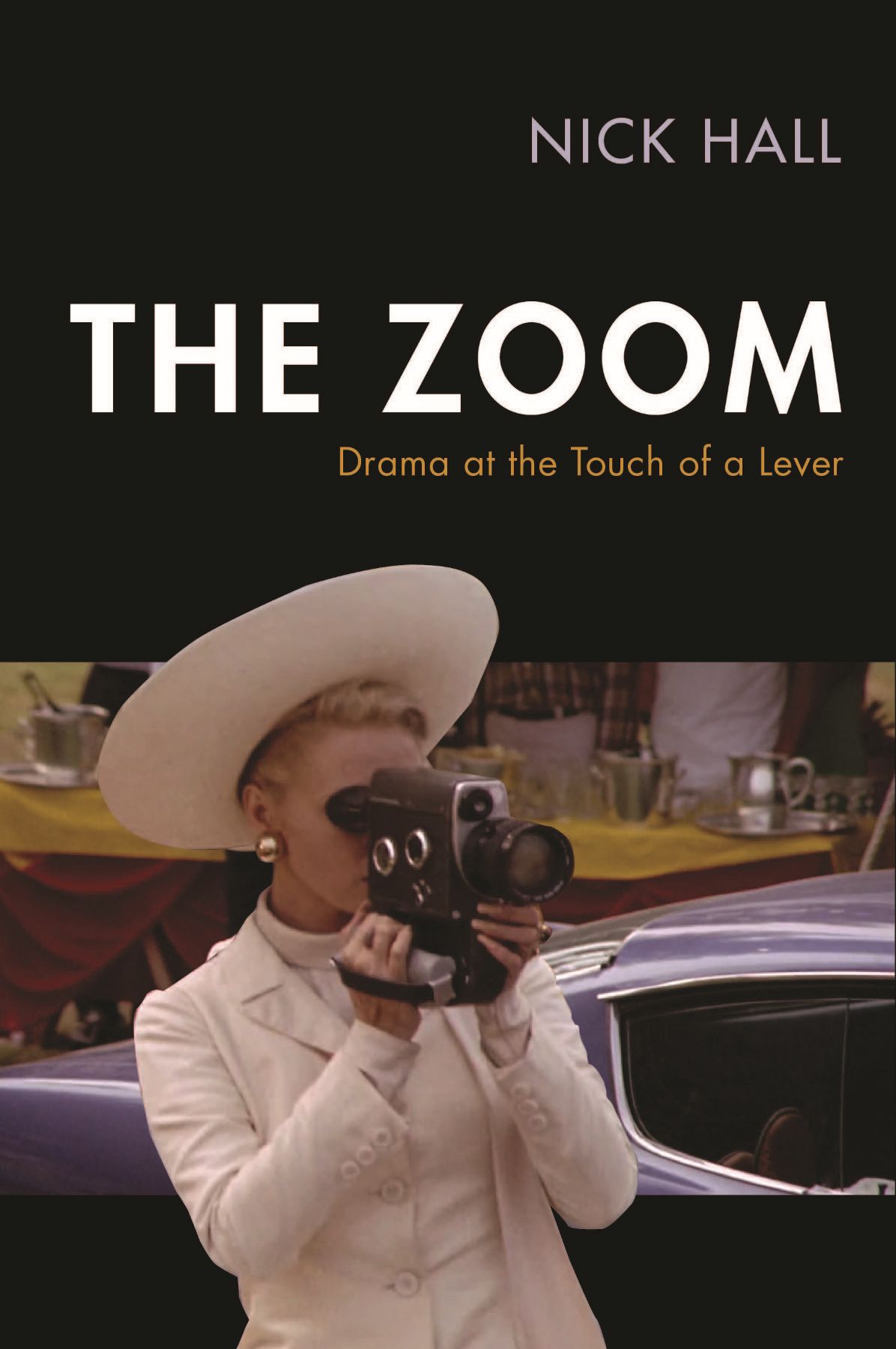Though not strictly the inventor of a zoom lens, the Belgian lanternist Etienne Gaspard Robert – who performed under the stage number Robertson – may have been the first to use the zoom shot.
One of Robertson’s performances included a sequence in which “at a great distance a point of light appeared; a figure could be made out, at first very small, but then approaching with slow steps, and at each step seeming to grow; soon, now of immense size, the phantom advanced under the eyes of the spectator and, at the moment when the latter let out a cry, disappeared with unimaginable suddenness.”
In his book Phantasmagoria: The Secret Life of the Magic Lantern (Projection Box, 2006), the historian Meryvn Heard explains that shots such as these were made using a lantern mounted on rails, which could be moved forwards and backwards. Heard writes that: “to enable the lens to be always in focus, a rackwork mechanism was added, so that the image could be kept sharply defined throughout the advancing and retreating process of the machine.”
Though the technology behind Robertson’s lantern is likely to have been very different to a modern zoom lens, the effect it created must have been very similar to the effect audiences today see when a directors chooses to slowly zoom towards an image.
See more information about Robertson and magic lanterns at the website of the Magic Lantern Society. Brief details can also be found in An Introduction to Film Studies (second edition, edited by Jill Nelmes – London: Routledge, 1999): pp. 59-87. For a more comprehensive overview of lantern shows, and of Robertson’s devices, refer to Mervyn Heard’s Phantasmagoria: The Secret Life Of The Magic Lantern (Hastings: Projection Box, 2006).

